ETHNOGRAPHIC CONTEXT
TRADITIONAL RELIGIOUS AND CULTURAL IMPORTANCE
This website, and the document upon which it is based, develops a context within which the significant patterns, events, persons and cultural values of ethnographic resources in the Ross In Situ Uranium Recovery Project (Ross Project) area may be considered.
The U.S. Nuclear Regulatory Commission (NRC), as the lead federal agency on the undertaking, is responsible for taking into account the effects of the Ross Project on historic properties (including significant ethnographic resources) in compliance with Section 106 of the National Historic Preservation Act (NHPA).
‘Ethnographic resource’ as it is used here means any historic property of “traditional religious and cultural importance to an Indian tribe,” pursuant to the Section 106 process. The use of the term ‘ethnographic resource’ is also intended to distinguish those resources recognizable through ethnographic sources (such as by the people that hold the traditions and are of the culture from which importance is ascribed to the property). This differentiates ethnographic resources from other general cultural resources that tend to be archaeologically identified, in manners that may not well convey values of “traditional religious and cultural importance.”
THE CONCEPT BEHIND THE CONTEXT
The basis of this ethnographic context is the need to establish a conceptual framework for properties of “traditional religious and cultural importance” as might be identified and evaluated primarily in the form of Traditional Cultural Properties, as provided for in National Register Bulletin 38. In relation to Traditional Cultural Property values, NRB 38 establishes that ‘traditional’ “refers to those beliefs, customs, and practices of a living community of people that have been passed down through the generations, usually orally or through practice.” NRB 38 goes on to say that, “The traditional cultural significance of a historic property, then, is significance derived from the role the property plays in a community’s historically rooted beliefs, customs, and practices.”
Context development followed the steps outlined in the Secretary of the Interior Standards and Guidelines for Archeology and Historic Preservation (National Park Service, 2001).
ETHNOGRAPHIC TIMEFRAME
The time periods being addressed for ethnographic resources within this context generally span all three major cultural periods recognized by the Wyoming State Historic Preservation Officer. These are the Prehistoric, Protohistoric, and Historic periods. Specifically, the information presented here spans from time immemorial, when the first Native Americans appeared in the region, to within the past 50 years of Native American presence in the region—the minimum age delimited by the National Register of Historic Places for evaluating historical significance.
GEOGRAPHICAL EXTENT
The traditions potentially connected to places within the Ross Project area are associated with diverse tribes that include the Project region among the territory to which they have historical ties. For the Ross Project, 24 Native American nations with peoples having historical ties to the Little Missouri Headwaters area were considered to be interested in consulting at the time that this context was developed. Visit the ORIGINS page for ethnographical synopses of the tribal groups with whom the peoples of the consulting tribes on the Ross Project are largely affiliated.

